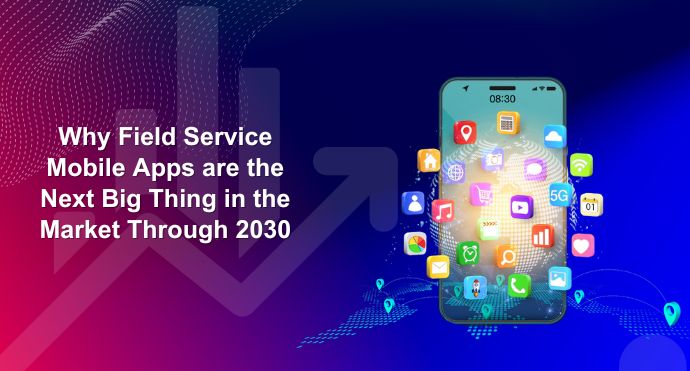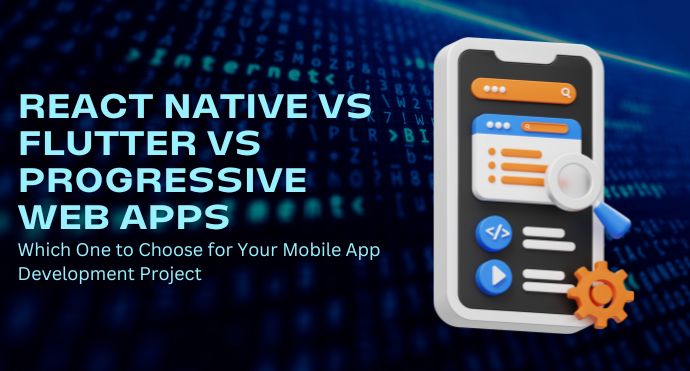In an era dominated by digital innovation, industries across the board are undergoing significant transformations. At the forefront of this change is the field service sector, which is witnessing a paradigm shift thanks to the advent of mobile apps. With the Field Service Mobile Apps market projected to grow at an impressive 11.3% CAGR, reaching USD 2.6 billion by 2030, it’s clear that these apps are more than just a trend—they’re the future.
The Power of Real-time Information
The essence of field service lies in timely and efficient service delivery. Traditional methods, often riddled with paperwork and delayed communications, are becoming obsolete. Enter Field Service Mobile Apps. These digital tools arm field personnel with real-time access to work orders, schedules, and client data. The result? Enhanced on-site problem resolution, accurate data collection, and a notable boost in overall productivity.
Driving Forces Behind the Boom
Several factors contribute to the surging popularity of these apps:
Digital Integration: Firms are increasingly adopting digital solutions to streamline operations and improve customer service.
Offline Capabilities: Even in areas with poor connectivity, field workers can access essential data, ensuring uninterrupted service.
GPS Tracking: This feature not only aids in navigation but also helps in resource allocation and real-time tracking of service personnel.
Backend System Interaction: Seamless integration with company databases ensures that field workers have all the information they need right at their fingertips.
AR & VR: Elevating Field Service to New Heights
While the core functionalities of these apps are transformative, the integration of Augmented Reality (AR) and Virtual Reality (VR) is setting new industry standards. These technologies are revolutionizing remote assistance, training, and troubleshooting:
Real-time Visualization: AR allows remote experts to guide on-site technicians visually, ensuring precise and efficient problem resolution.
Immersive Training: With VR, technicians can undergo realistic training sessions, preparing them for real-world challenges without the associated risks.
Safety and Efficiency: Especially in remote or hazardous environments, AR and VR reduce the need for physical presence, ensuring safety while also cutting down on operational costs.
The Bigger Picture: What This Means for Businesses.
The implications of this growth extend beyond just the field service sector. As businesses integrate these apps into their operations:
Customer Satisfaction Soars: Faster response times and efficient problem resolution lead to happier customers.
Operational Costs Reduce: Digital solutions minimize paperwork, reduce errors, and cut down on unnecessary site visits.
Business Agility Increases: With real-time data at their disposal, businesses can make informed decisions swiftly, adapting to changing market dynamics.
Peering into the Future: The 2030 Landscape
As we inch closer to 2030, the fusion of Field Service Mobile Apps with AR and VR technologies will shape the industry’s future. Businesses that adapt to these changes will not only thrive but set new industry benchmarks. Those who resist will find themselves struggling to stay relevant in an increasingly digital world.
Conclusion:
The rise of Field Service Mobile Apps, bolstered by AR and VR technologies, signifies a new era in service delivery. As we navigate through this decade, businesses and service personnel equipped with these tools will lead the charge, setting new standards of excellence and redefining customer expectations. The future is not just digital—it’s mobile, immersive, and incredibly promising.



